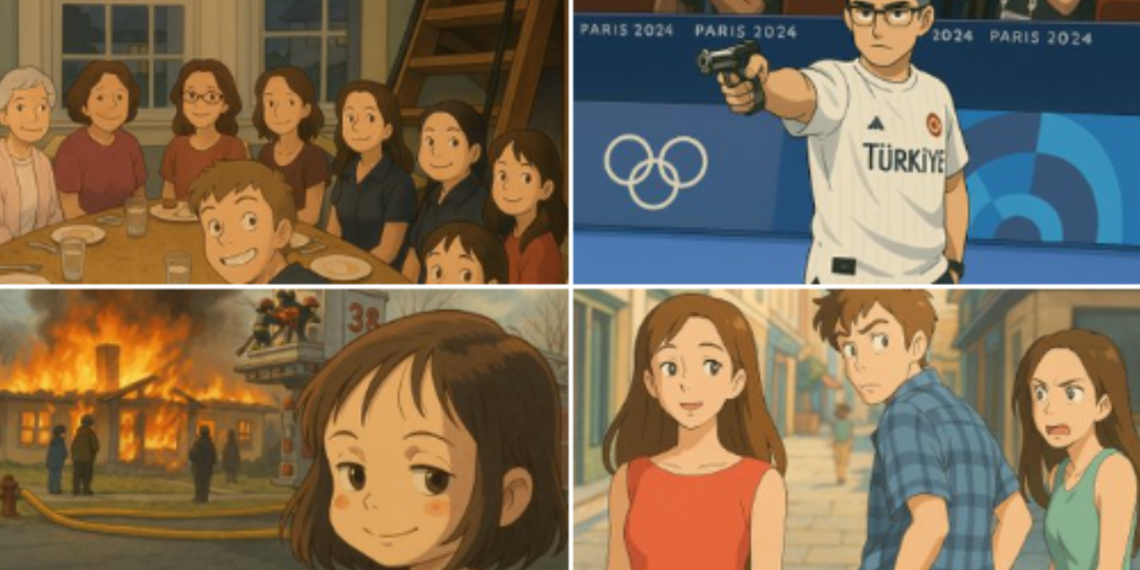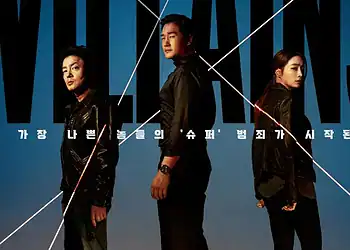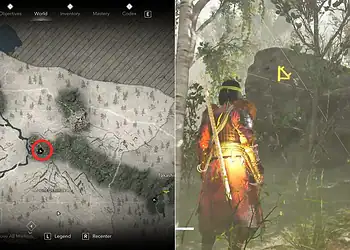In recent years, the world has witnessed a fascinating convergence of technology and art, with AI-generated images capturing the imagination of creators and audiences alike. Among these, AI-generated Ghibli images have garnered particular attention, replicating the beloved style of Studio Ghibli’s iconic animations. But as we marvel at these digital creations, a crucial question emerges: what is the environmental impact of AI image generation, particularly when it comes to these intricate, Ghibli-inspired artworks?
Table of Contents
Understanding the AI Environmental Impact: From Pixels to Power Consumption
To truly grasp the AI environmental impact, we need to look beyond the mesmerizing images on our screens and delve into the complex processes that bring them to life. The journey from concept to final render involves massive computational power, data storage, and energy consumption that often goes unnoticed by the end-user.
AI-generated images, including those mimicking Ghibli’s distinctive style, rely on sophisticated machine learning models trained on vast datasets. These models require substantial computing resources, both during the training phase and when generating new images. As we explore the question “Is AI bad for the environment?”, it’s essential to consider the entire lifecycle of AI art creation.
How Much Energy Does AI Use? The Surprising Cost of Digital Creativity
When we ask, “How much energy does AI use?”, the answer can be startling. According to a study by the University of Massachusetts Amherst, training a single large AI model can emit as much carbon as five cars over their lifetimes Source: MIT Technology Review. While this study focused on natural language processing models, it provides insight into the energy-intensive nature of AI technologies.
For AI-generated Ghibli images, the process involves:
- Data collection and storage of Ghibli-style artwork
- Training the AI model on this dataset
- Running the model to generate new images
- Storing and transferring the created images
Each step contributes to the overall energy consumption, with data centers powering these processes often relying on fossil fuels. The environmental impact of AI image generation extends far beyond what meets the eye, consuming significant energy resources throughout this chain of events.

Image Energy: The Invisible Footprint of AI-Generated Art
The concept of “image energy” helps us quantify the resources required to create a single AI-generated artwork. This encompasses not just the electricity used to power the computers and servers, but also the energy embedded in the hardware manufacturing, cooling systems for data centers, and even the internet infrastructure used to distribute the images.
For Ghibli-style AI art, the image energy is particularly high due to the complexity and detail inherent in the style. The AI must capture the nuanced color palettes, the intricate backgrounds, and the characteristic animation style that makes Ghibli films so distinctive. This level of detail demands more from the AI system, translating to higher energy consumption per image generated.
The AI-Generated Images Environmental Impact: A Balancing Act
The AI-generated images environmental impact is a complex issue, balancing artistic innovation with ecological responsibility. While these technologies offer exciting new possibilities for creativity and expression, they also contribute to the growing carbon footprint of the digital world.
Consider this: a single image generated by AI might consume as much energy as a small household does in a day. Now multiply that by the thousands of images created daily by AI art enthusiasts and professionals worldwide. The cumulative effect is significant, raising important questions about the sustainability of this creative approach.
Comparing AI Art to Traditional Methods: A New Perspective on Creation
To fully appreciate the environmental cost of AI art, it’s helpful to compare it with traditional art-making methods. While physical art materials like paints and canvases have their own environmental implications, they generally don’t require the constant energy input that AI systems do.
Traditional animation, like that used by Studio Ghibli, is labor-intensive but relatively low in ongoing energy consumption. Once created, a hand-drawn cel doesn’t require additional energy to exist. In contrast, every viewing or modification of an AI-generated image involves computational processes and, consequently, energy use.
However, it’s worth noting that AI can potentially reduce other forms of environmental impact, such as reducing the need for physical materials or travel. The key lies in finding a balance and optimizing AI systems for energy efficiency.

The True Environmental Cost of AI Art: Beyond the Canvas
As we peel back the layers of AI-generated art, we uncover a complex web of environmental considerations. The true environmental cost of AI art encompasses:
- Energy consumption of data centers
- Carbon emissions from electricity generation
- E-waste from hardware upgrades and replacements
- Water usage for cooling systems
- Indirect impacts on biodiversity due to infrastructure expansion
These factors contribute to the negative environmental impacts of artificial intelligence, challenging us to think critically about the future of digital art and its place in a sustainable world.
Looking Ahead: Sustainable AI and the Future of Digital Art
Despite these challenges, the future of AI-generated art, including Ghibli-style images, isn’t necessarily bleak. As awareness grows about the environmental impact of AI image generation, so do efforts to make these technologies more sustainable.
Researchers and companies are exploring ways to reduce the energy consumption of AI, from more efficient algorithms to the use of renewable energy in data centers. Some initiatives focus on “green AI,” which aims to achieve similar results with significantly less computational power.
For artists and enthusiasts of AI-generated Ghibli images, considering the environmental impact of their creations can lead to more mindful practices. This might involve:
- Limiting the number of iterations or generations
- Using smaller, more efficient models when possible
- Supporting platforms and services that prioritize energy efficiency
- Advocating for transparency in the energy use of AI art tools
Conclusion: Navigating the Intersection of Art, Technology, and Sustainability
As we stand at the crossroads of artistic innovation and environmental responsibility, the conversation around AI-generated Ghibli images and their impact on our planet is more crucial than ever. By understanding the environmental cost of AI art, we can make informed decisions about how to create, consume, and appreciate these digital masterpieces.
The magic of Ghibli-inspired AI art lies not just in its ability to capture the essence of beloved animations, but also in its potential to spark important discussions about the future of creativity in a world grappling with climate change. As we continue to push the boundaries of what’s possible with AI in art, let’s also push ourselves to find sustainable solutions that allow our digital creations to flourish without compromising the very world that inspires them.
In the end, the most beautiful AI-generated image is one that not only captivates the eye but also respects the delicate balance of our environment. As creators and consumers, we have the power to shape a future where technology and nature coexist in harmony, much like the enchanting worlds depicted in Studio Ghibli’s timeless films.








